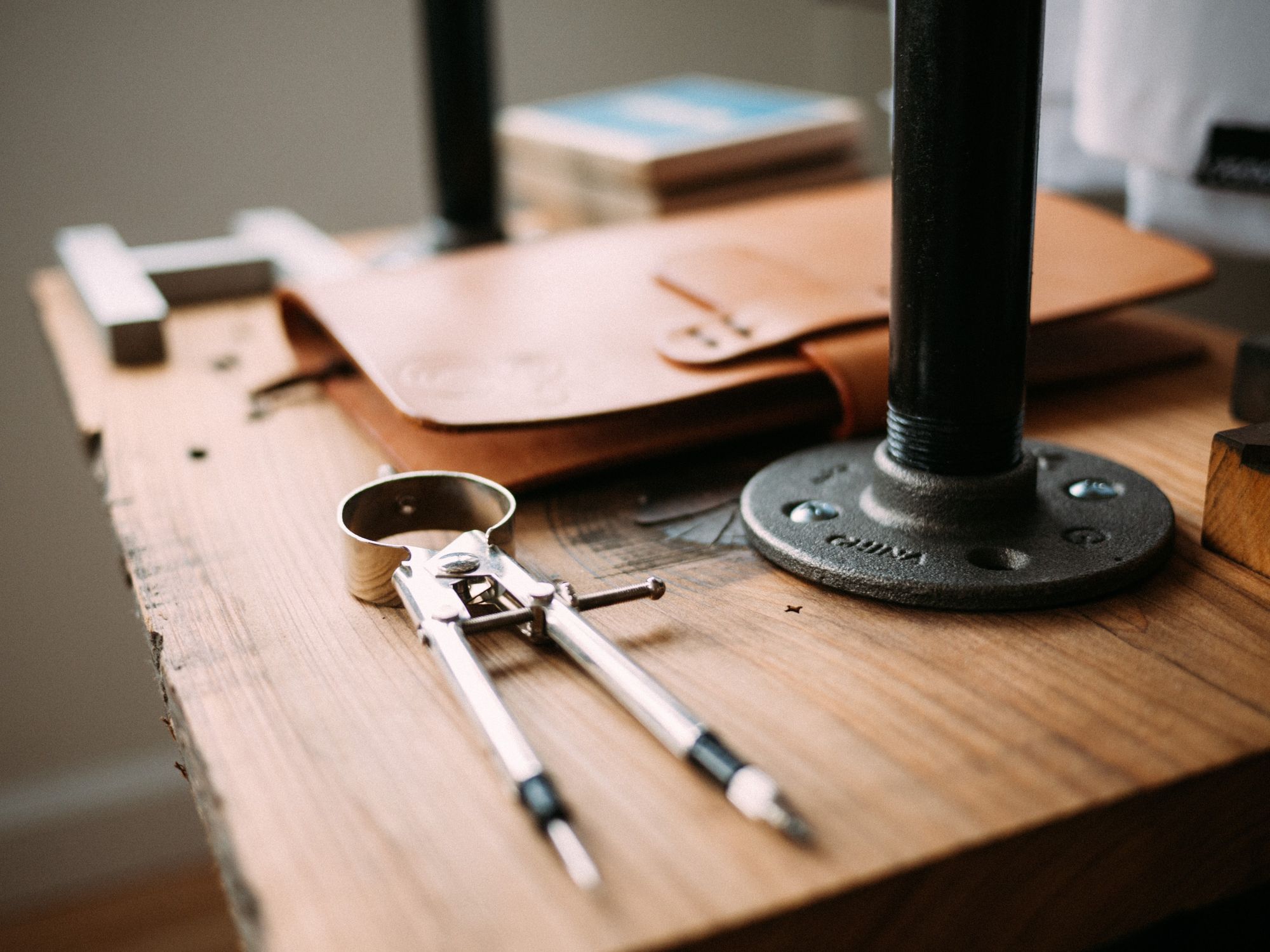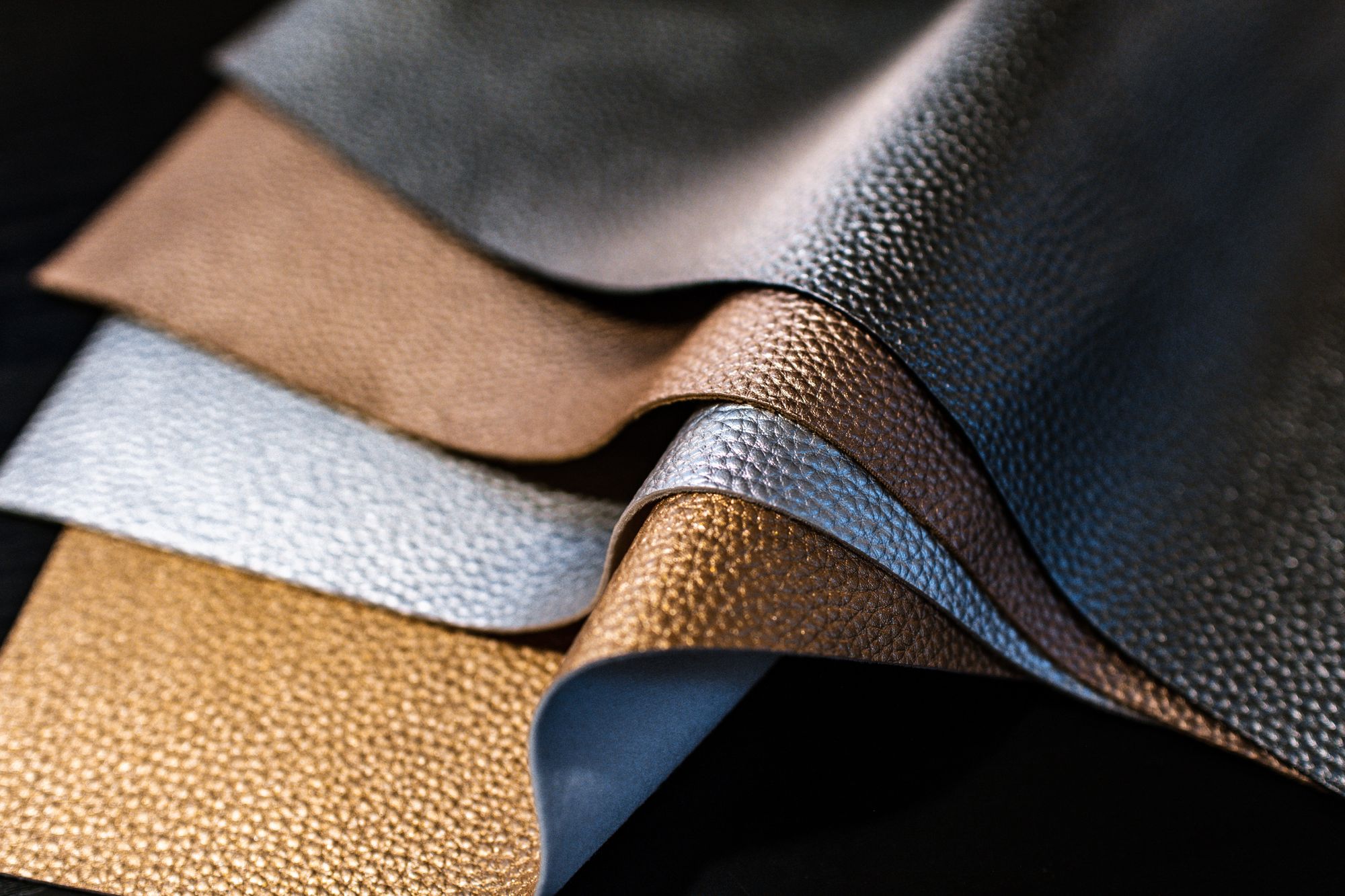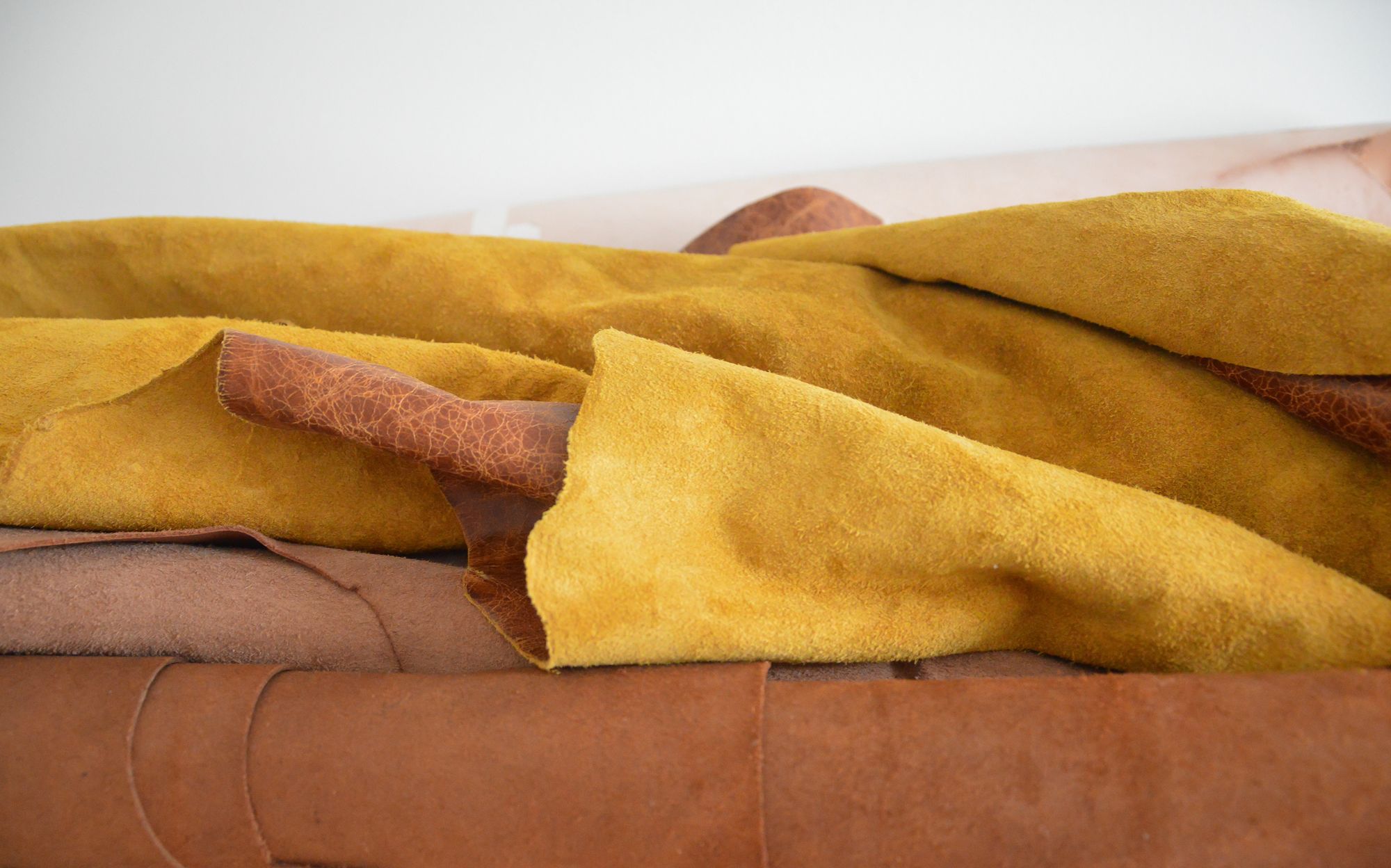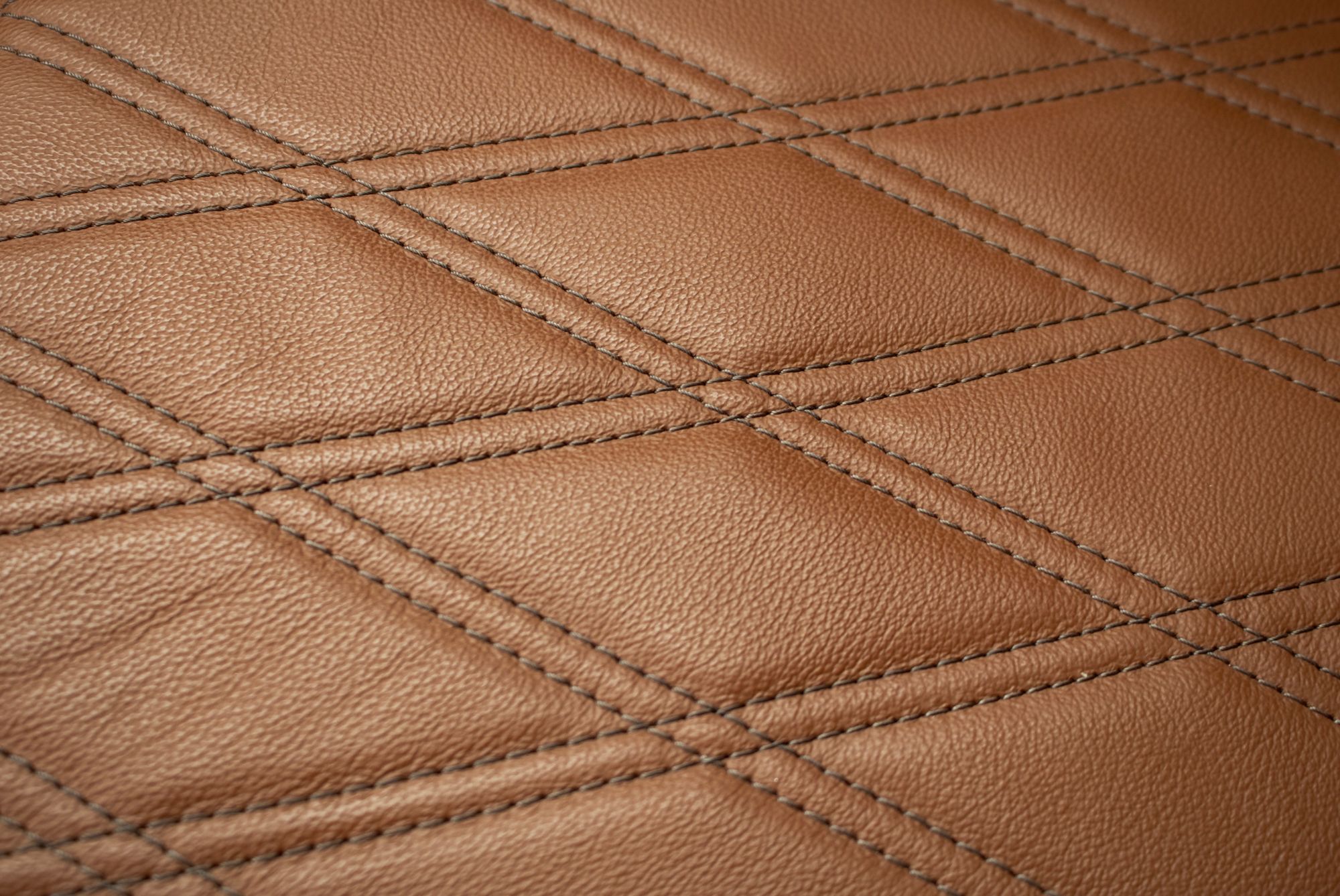Leather manufacturing is a craft that dates back to ancient times. It is the process of turning raw animal hide into usable, durable material. The process begins with selecting the leather, which is usually cowhide, sheepskin, or pigskin.
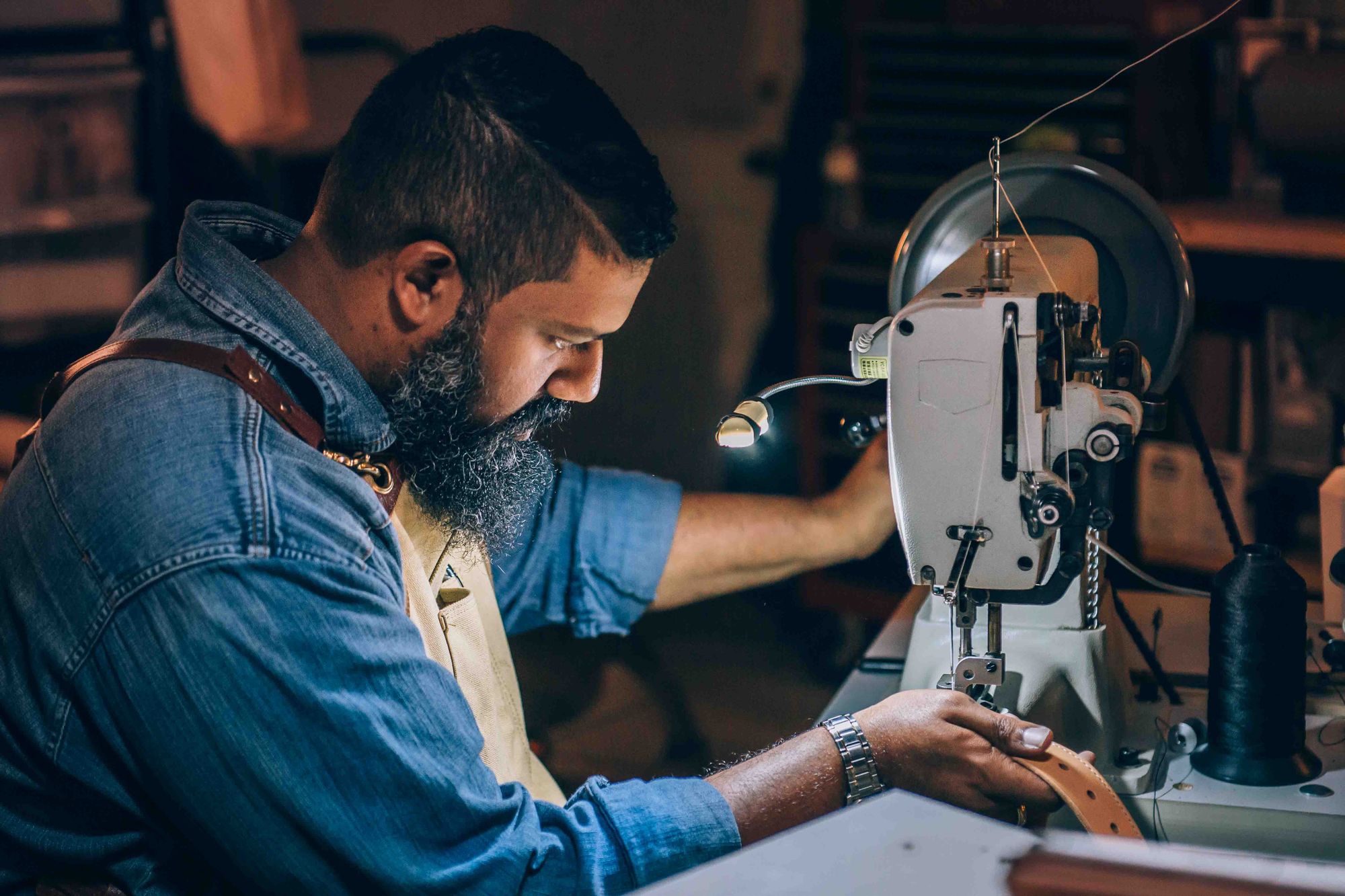
It is then tanned, dyed, and treated to make it waterproof and resistant to bacteria and other contaminants. After this, the leather is cut, sewn, and finished to make products such as shoes, purses, wallets, furniture, and clothing. Since it’s a long and expensive process, let’s look at ways in which you can reduce the cost of leather manufacturing.
This article covers the following:
- What is Leather Manufacturing?
- Benefits of Leather Manufacturing
- Different Types of Leather
- Leather Tanning Process
- Modern Leather Manufacturing Techniques
- Choosing the Right Leather for Your Project
- Cost of leather manufacturing
- How to reduce the cost of leather production?
- How can Deskera assist you?
What is Leather Manufacturing?
Leather manufacturing is one of the oldest and most important industries in the world. It is an age-old craft that has been practiced for centuries, and it still continues to play a major role in the fashion and accessory industry today.
Leather is made from the hides of animals, and the process of turning these hides into usable leather is an intricate and time-consuming one. The process of leather manufacturing begins with the selection of hides from which the leather will be made.
Most leather comes from cowhides, although other animals, such as sheep, goats, pigs, and horses, can also be used. The hides are then soaked in a solution of water and chemicals, which helps to soften the skin and remove any hair or other debris.
After the hides are soaked, they are placed in a drum that is heated to a specific temperature. This helps to dry and tan the hides, allowing them to become malleable and ready for the next step in the process.
The hides are then cut into specific shapes and sizes. This is done by machines that are programmed to cut the hides according to the desired measurements. Once cut, the pieces are stitched together to create a single piece of leather. The pieces are then dyed, embossed, and treated with wax or oil to give them a unique texture and finish. Finally, the leather is inspected, and any necessary repairs are made before it is ready for sale.
Leather manufacturing is a complex process that requires attention to detail and careful craftsmanship. It is a process that has been perfected through centuries of trial and error, and it still remains an important part of the fashion and accessories industry today. Whether you’re looking for a durable and stylish leather jacket or a luxurious pair of leather shoes, you can be sure that the leather will be of the highest quality.
Benefits of Leather Manufacturing
Leather manufacturing is a centuries-old craft that is still widely used today. From clothing and accessories to furniture and home décor, leather is a timeless and stylish material that has many benefits. In this blog, we’ll explore the advantages of leather manufacturing and why it continues to be such a popular choice.
Durability One of the most significant benefits of leather is its durability. Leather is strong and resilient and can last for several years with proper care. Since leather is made from animal hides, it is naturally resistant to wear and tear, meaning it won’t easily tear or wear out over time.
This makes it a great choice for items that will be used on a regular basis, such as shoes and bags. Style Leather also provides a style that is timeless and classic. Leather has a unique look and feels that can’t be replicated with other materials, making it perfect for fashion-forward designs.
Leather can be enhanced with various treatments, such as dying, embossing, and even printing, allowing you to create a unique look for your product. Versatility Leather can be used for a variety of different applications.
From footwear to furniture, leather can be used to create a wide range of products. Its versatility makes it a popular choice for designers and manufacturers looking to create something unique and stylish.
Easy Maintenance Leather is also very easy to maintain. Regular cleaning with a damp cloth and mild soap is all that is needed to keep your leather products looking as good as new. This makes it a great choice for busy people who don’t have the time to constantly maintain their items.
Environmentally Friendly Finally, leather is an environmentally friendly choice. Leather is a natural product that is biodegradable and doesn’t require any harsh chemicals for its production.
This makes it a much better choice for the environment than synthetic materials. These are just a few of the many benefits of leather manufacturing. From its timeless style to its durability and easy maintenance, leather is an excellent choice for a wide range of products. Whether you’re looking for a stylish bag or an upholstery fabric, leather is a great choice.
Different Types of Leather
Leather is a unique material that has been used throughout history to make a variety of items, including clothing, furniture, and accessories. It is a material that is highly sought after due to its durability and aesthetic appeal, so it is no surprise that leather manufacturing has become a multi-billion dollar industry.
But when it comes to leather, there are a few different types to choose from. Let’s take a look at the different types of leather and how they are used. The first type of leather is full-grain leather.
This type of leather is made from the thickest and strongest part of the hide, which is the outermost layer. It is highly durable and is the most sought-after type of leather due to its strength and long-lasting properties.
Full-grain leather is often used to make shoes, bags, and other items that require a strong material. The second type of leather is top-grain leather. This type of leather is made from the second layer of the hide, which is just under the full-grain layer.
Top-grain leather is slightly thinner than full-grain leather but still has a great aesthetic appeal. It is often used to make furniture and luxury items due to its softness and comfort. The third type of leather is corrected-grain leather.
This type of leather is made from the third layer of the hide and has been treated to make it more durable and resistant to stains. It is often used to make shoes, bags, and other items that require a more resilient material.
The fourth type of leather is split leather. This type of leather is made from the fourth layer of the hide and is the most affordable type of leather. It is often used to make wallets, belts, and other items that require a more affordable material. Finally, the fifth type of leather is bonded leather.
This type of leather is made by combining scraps of leather and bonding them together with a resin. It is the most affordable type of leather and is often used to make wallets, belts, and other items that require a more affordable material.
No matter what type of leather you are looking for, there is a type of leather that can meet your needs and budget. From full-grain leather to bonded leather, there is a type of leather that can provide you with the look and feel you are looking for.
Leather Tanning Process
Leather tanning is a process that transforms animal hides into leather. Through this process, the hide is preserved and becomes durable, flexible, and resistant to decay. It’s this process that allows the leather to be used for clothing, accessories, furniture, and many other applications.
The leather tanning process can be broken down into five distinct phases: soaking, liming, unhairing, fleshing, and tanning.
Soaking
The first step in the leather tanning process is to soak the hide in a liquid known as soaking liquor. This soak liquor can consist of water, acid, and enzymes. The purpose of this step is to remove salt and other impurities from the hide. It also softens the hide and helps to reduce the number of bacteria. Additionally, it helps to rehydrate the hide and prepare it for the next step.
Liming
The purpose of the liming step is to help break down the proteins that make up the hide. The hide is soaked in a solution of water, calcium hydroxide, and sodium sulfide. This breaks down the proteins and helps to remove hair and other impurities. The soak liquor also helps to remove the fat and grease from the hide.
Unhairing
After the liming process has been completed, the next step is to remove the hair from the hide. This is done by either manually scraping the hair off or by using a machine to shave it off. Once the hair has been removed, the hide is then treated with an alkali solution to further break down the proteins.
Fleshing
After the hair has been removed and the proteins have been broken down, the next step is to flesh the hide. This is done by removing any remaining fat and tissue from the hide. This can be done manually or with a machine.
Tanning
The final step in the leather tanning process is to tan the hide. This is done by soaking the hide in a solution of chemicals and oils. The purpose of this step is to preserve the hide and make it durable, flexible, and resistant to decay.
Common chemicals used in tanning include chromium salts, vegetable tannins, and synthetic tannins. These are the five main steps in the leather tanning process. Each step helps to prepare the hide for the next step and ultimately turns the hide into leather. Without this process, leather would not be the durable, flexible, and resistant material that it is today.
Modern Leather Manufacturing Techniques
Leather manufacturing has been a staple of the fashion industry for centuries, but in the modern era, the process has become increasingly sophisticated. With the help of new technologies, manufacturers are able to produce leather goods that are of superior quality and durability.
Here, we’ll explore some of the most popular modern leather manufacturing techniques used today.
The tanning process is essential in order to make leather durable and flexible. Tanning involves treating animal hides with chemicals to preserve them and make them suitable for use in making clothing, furniture, and other goods.
The two most commonly used tanning methods are chrome tanning and vegetable tanning. Chrome tanning is the most common type of tanning and involves the use of chromium salts to preserve the hides.
This method is much faster than vegetable tanning, and it produces softer leather with a more uniform color. However, chrome-tanned leather is not as durable and is not as environmentally friendly.
Vegetable tanning is an older method that uses vegetable tannins from tree bark and other plants to preserve the hides. This method is more expensive and time-consuming, but it produces durable leather with an attractive patina. Finishing Once the leather is tanned, it is ready for finishing.
This involves adding dyes, oils, and other finishes to enhance the look and feel of the leather. It also helps to protect it from stains, water, and dirt. The most common finish applied to leather is wax. Wax gives the leather a glossy finish and helps to protect it from water and dirt.
Other finishes that are applied to leather include oils, such as mink oil, and pigments, such as dyes. Cutting Once the leather is tanned and finished, it’s ready to be cut into the desired shapes and sizes.
This is done using specialized cutting machines, which are designed to cut the leather with precision and accuracy. Stitching The final step in leather manufacturing is stitching.
This is done using specialized machines that can sew together pieces of leather. These machines are designed to ensure that the stitching is strong and even. By following these modern leather manufacturing techniques, manufacturers are able to create high-quality leather goods that will last for years.
From jackets to shoes, leather is an incredibly versatile material that can be used to create a variety of products. With the help of modern technology, manufacturers are able to produce leather goods of superior quality and durability.
Choosing the Right Leather for Your Project
When it comes to leather manufacturing, choosing the right type of leather is essential for achieving the desired look and feel of your project. Leather comes in a variety of types, finishes, and colors, and selecting the right type for your project is essential for ensuring the best possible outcome.
When selecting the right leather for your project, you should consider the type of project you’re undertaking. Different types of leather are better suited for different types of projects.
For example, if you’re creating a jacket, you’ll want to choose thick, sturdy leather. On the other hand, if you’re creating a bag or wallet, you’ll want to select a softer, more supple leather.
Once you’ve determined the type of leather that’s best suited for your project, you’ll want to consider the finish of the leather. Leather can be finished with a variety of processes, from tumbling to buffing or burnishing.
Different finishes can give the leather a unique look and feel, so be sure to select the finish that best suits your project. Color is another important factor to consider when selecting the right leather for your project.
Leather comes in a wide range of colors, so you’ll want to select the hue that best matches the look and feel you’re trying to achieve. Finally, you’ll want to consider the weight of the leather.
Leather is usually measured by ounces, and the weight of the leather you select will depend on the type of project you’re undertaking. A thicker leather is usually better for projects that require durability, whereas thinner leather is better for projects that require flexibility.
Choosing the right type of leather for your project is an essential step in the leather manufacturing process. By considering the type of project you’re undertaking, the finish of the leather, the color, and the weight, you’ll be able to select the perfect leather for your project.
Cost of leather manufacturing
Leather manufacturing is an important industry in many countries, providing jobs and materials for a variety of products. The cost of leather manufacturing can vary widely depending on the type of product and the process used to make it.
This article will explore the various costs associated with leather manufacturing and provide some tips on how to keep costs down. Leather is typically made from animal hide, which must be processed in order to make it suitable for use in manufacturing.
The cost of this processing can vary greatly depending on the type of leather being produced and the quality of the raw materials. Tanning, which is the process of treating the hide with chemicals to make it more durable, can be quite costly.
Other processing steps, such as dyeing, embossing, and finishing, can also add to the cost of leather production. The type of machinery used in leather manufacturing also affects the cost of production.
Specialized leather-working tools are often required, which can be expensive to purchase or rent. In addition, the cost of electricity and other energy sources used in the production process can add to the overall cost of leather manufacturing.
The cost of labor is also an important factor in determining the cost of leather manufacturing. In some cases, specialized labor may be required to produce certain types of leather products.
This can add a significant amount of expense to the manufacturing process. Additionally, the cost of transportation, storage, and other associated costs can also add to the cost of producing leather goods.
Fortunately, there are ways to reduce the cost of leather manufacturing. For example, using recycled leather can help to lower the cost of production, as can using hides from animals that are considered to be humanely treated.
Additionally, investing in energy-efficient machinery and energy-saving techniques can help to reduce the cost of leather manufacturing. Overall, the cost of leather manufacturing can vary greatly depending on the type of product being produced and the techniques used in its production.
By taking steps to reduce the cost of production, such as using recycled materials and energy-saving techniques, it is possible to keep the cost of leather manufacturing down and ensure that the finished product is of the highest quality.
How to reduce the cost of leather production?
Leather production is an expensive process, but there are ways to reduce costs without sacrificing quality. Knowing how to reduce the cost of leather production can help you stay competitive and ensure that you're producing a high-quality product at a lower cost.
Research the Market
Research the market for the type of leather you produce, so you can identify the most cost-effective materials and suppliers. Look for suppliers who offer good discounts and deals, and compare prices across different vendors to get the best value for your money.
Use Quality Materials
Quality materials are essential for producing a high-quality product. Invest in quality leather that will last instead of cheaper materials that won’t hold up to wear and tear.
Invest in Leather-Making
Equipment
Investing in quality leather-making equipment can help you produce a better product in less time, saving you money in the long run. Look for multi-functional machines that can handle multiple processes, such as cutting, skiving, and stitching.
Reduce Waste
Reducing waste is essential for cutting costs in leather production. Invest in efficient machines that minimize waste and use the scraps for other projects.
Outsource
If you don’t have the time or resources to produce leather goods in-house, consider outsourcing production to a reputable leather goods manufacturer. This can help reduce costs, as well as give you access to a wider range of products.
Embrace Technology: Technology can help you reduce costs in leather production. Invest in computer-aided design (CAD) software to design products, as well as automated machines to streamline the manufacturing process.
Negotiate with Suppliers
Negotiating with suppliers can help you get a better deal on leather and supplies. Don’t be afraid to ask for discounts or negotiate prices. Reducing the cost of leather production doesn’t have to mean sacrificing quality. By following these tips, you can make sure that you’re producing a high-quality product.
How can Deskera Assist You?
As a manufacturer, you must keep track of your inventory stock. The condition of your inventory has a direct impact on production planning. It also has a direct impact on people and machinery use and capacity utilization.

Deskera MRP is the one tool that lets you do all of the above. With Deskera, you can:
- Control production schedules
- Compile a Bill of Materials
- Produce thorough reports
- Make your dashboard
Deskera ERP is a complete solution that allows you to manage suppliers and track supply chain activity in real-time. It also allows you to streamline a range of other company functions.
Deskera Books allows you to manage your accounts and finances better. It helps maintain good accounting standards by automating billing, invoicing, and payment processing tasks.
Deskera CRM is a powerful tool that organizes your sales and helps you close deals rapidly. It enables you to perform crucial tasks like lead generation via email and gives you a comprehensive view of your sales funnel.
Deskera People is a straightforward application for centralizing your human resource management activities. Not only does the technology expedite payroll processing, but it also helps you to handle all other operations such as overtime, benefits, bonuses, training programs, and much more.
Key Takeaways:
- The leather manufacturing industry is highly competitive, with many players vying for a share of the market.
- Another trend that is likely to shape the future of the leather industry is the growing demand for personalized and customized products.
- Emerging markets such as China, India, and Brazil are becoming major players in the leather industry.
- Some of the main environmental concerns associated with leather production include the use of hazardous chemicals, high water usage, air and water pollution, and deforestation.
- The future of the leather manufacturing industry is likely to be shaped by a range of factors, including changing consumer preferences, technological advancements, and environmental concerns.
Related Articles:
